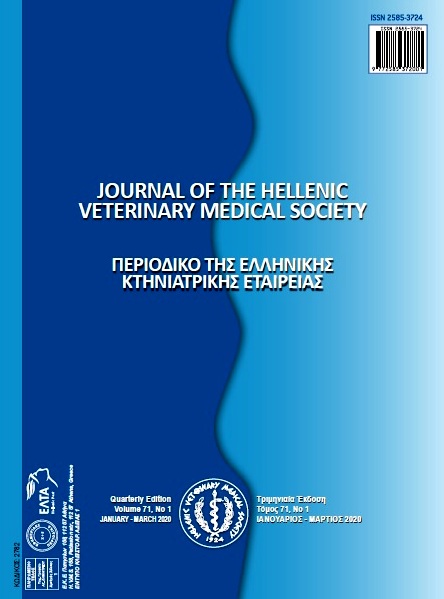Effects of standard diets from different sources on growth and some organ parameters of rats

Abstract
This study aims to determine the effects of open and closed formulated standard diets supplied from different sources on growth performance and internal organ development of laboratory rats. Five-week-old 32 Wistar rats were used. A special control group diet was produced in accordance with the criteria determined by the National Research Council (NRC) (1995). Three different most preferred commercial open and closed-formula diets produced by international and local companies were used as trial groups’ diets. The experiment was carried out for 12 weeks. Weekly feed consumption, body weight change, internal organ weight, intestinal organ weigths and lengths, intestinal villi heigth and crypt depth were measured in groups. The body weight values of the control group and the first group fed with open-formula diet were found at the highest level (P <0.05). The control group diet had a positive effect on small intestine villi heigth and crypt depth (P <0.05). The nutrient contents and energy values of the diets of experimental groups were determined as different from the commercial firm notifications. As a result of the research, it is concluded that the diets prepared with open-formula give more reliable results in the growth performance and development of internal organs of Wistar rats.
Article Details
- How to Cite
-
GENC, B., SALMAN, M., TÜTÜNCÜ, Ş., ERMIŞ, M., & MURUZ, H. (2020). Effects of standard diets from different sources on growth and some organ parameters of rats. Journal of the Hellenic Veterinary Medical Society, 71(1), 2055–2062. https://doi.org/10.12681/jhvms.22966
- Issue
- Vol. 71 No. 1 (2020)
- Section
- Research Articles

This work is licensed under a Creative Commons Attribution-NonCommercial 4.0 International License.
Authors who publish with this journal agree to the following terms:
· Authors retain copyright and grant the journal right of first publication with the work simultaneously licensed under a Creative Commons Attribution Non-Commercial License that allows others to share the work with an acknowledgement of the work's authorship and initial publication in this journal.
· Authors are able to enter into separate, additional contractual arrangements for the non-exclusive distribution of the journal's published version of the work (e.g. post it to an institutional repository or publish it in a book), with an acknowledgement of its initial publication in this journal.
· Authors are permitted and encouraged to post their work online (preferably in institutional repositories or on their website) prior to and during the submission process, as it can lead to productive exchanges, as well as earlier and greater citation of published work.


